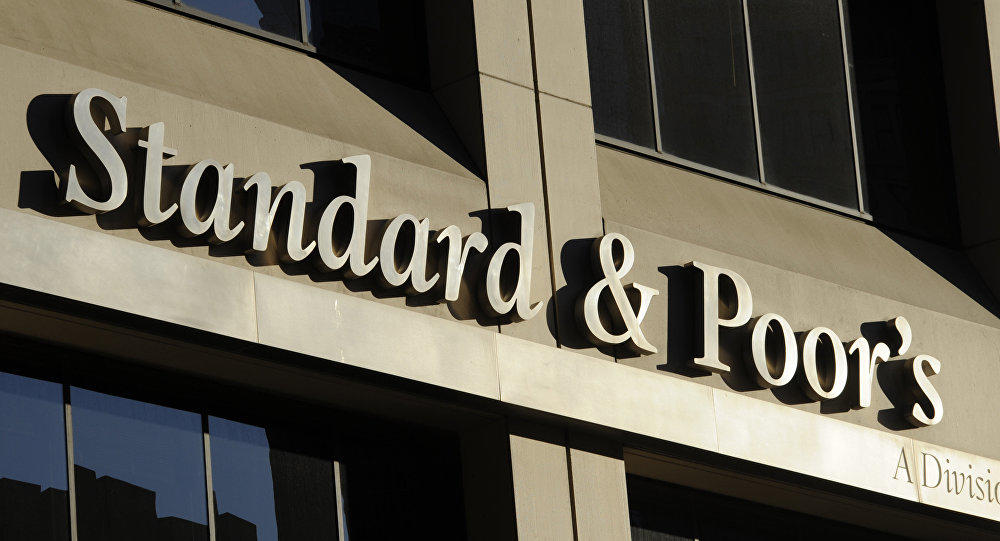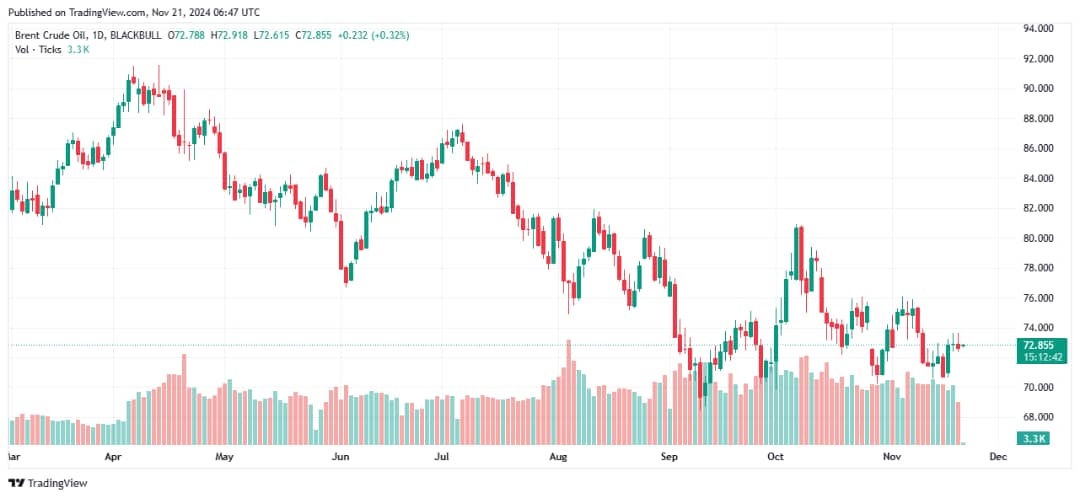S&P 500 Seeks Rate Cut Expectations, Geopolitical Risks Balance

Linh Tran
The S&P 500 ended Friday’s session down 0.29% but still managed to post gains for the week. This performance reflects investors’ cautious sentiment ahead of the Jackson Hole Symposium – an annual event with the potential to shape global monetary policy expectations. The index’s near-term outlook therefore remains closely tied to signals from Federal Reserve Chair Jerome Powell, while also being influenced by emerging geopolitical risks, particularly following last week’s meeting between President Trump and President Putin in Alaska.
On the macroeconomic front, the U.S. economy continues to display mixed forces. The Producer Price Index (PPI) rose 0.9% month-over-month in July, well above forecasts and reinforcing concerns about input cost pressures. Meanwhile, the Consumer Price Index (CPI) rose 0.2%, with core CPI up 0.3% – in line with expectations but still above the Fed’s long-term inflation target. Conversely, domestic consumption showed signs of softening as retail sales increased only 0.5%, below estimates, while the University of Michigan’s Consumer Sentiment Index fell to 58.6, its lowest level in months. The labor market remains a bright spot, with jobless claims edging only slightly higher, reflecting relative stability.
Overall, this is an economy that is not overheating but also not weak enough to force the Fed into premature easing, laying the groundwork for potential rate cuts later this year if Powell refrains from sending a more hawkish message at the upcoming symposium.
On the geopolitical side, the Trump–Putin summit in Alaska on August 15 added another layer of uncertainty for markets. Although no peace agreement was reached, President Trump unexpectedly shifted his stance, suggesting a move toward a “comprehensive peace” rather than a temporary ceasefire. This development raised concerns that the U.S. could gradually reduce pressure on Ukraine, giving Russia more room to expand its influence in global oil and energy markets.
In the short term, market reactions have seen oil prices ease slightly, while defense stocks benefited from expectations of higher security spending. This may set the stage for fresh volatility, making equity flows more sensitive to political risk.
From a valuation perspective, FactSet data show that the S&P 500 is currently trading at a forward P/E ratio of around 22.1, well above the 10-year average of 18.5. With U.S. Treasury yields still elevated, the spread between the earnings yield and the 10-year Treasury yield has narrowed to its lowest level since 2002. This implies that equities are less attractive relative to other asset classes, with the market’s margin of safety steadily eroding. Without clear signals of a policy shift toward easing, valuation concerns could pose a headwind to the index’s next leg higher.
In summary, under the favorable scenario where the Fed confirms that rates have peaked and begins cutting later this year, combined with resilient corporate earnings – particularly in Big Tech and AI – the S&P 500 is likely to maintain its medium-term uptrend. Nevertheless, caution is warranted in the face of unexpected political shocks, the risk of renewed trade tensions, and historically stretched valuations – factors that could trigger a healthy market correction before the current upward trend resumes.
Tran is Market Analyst at XS.com






